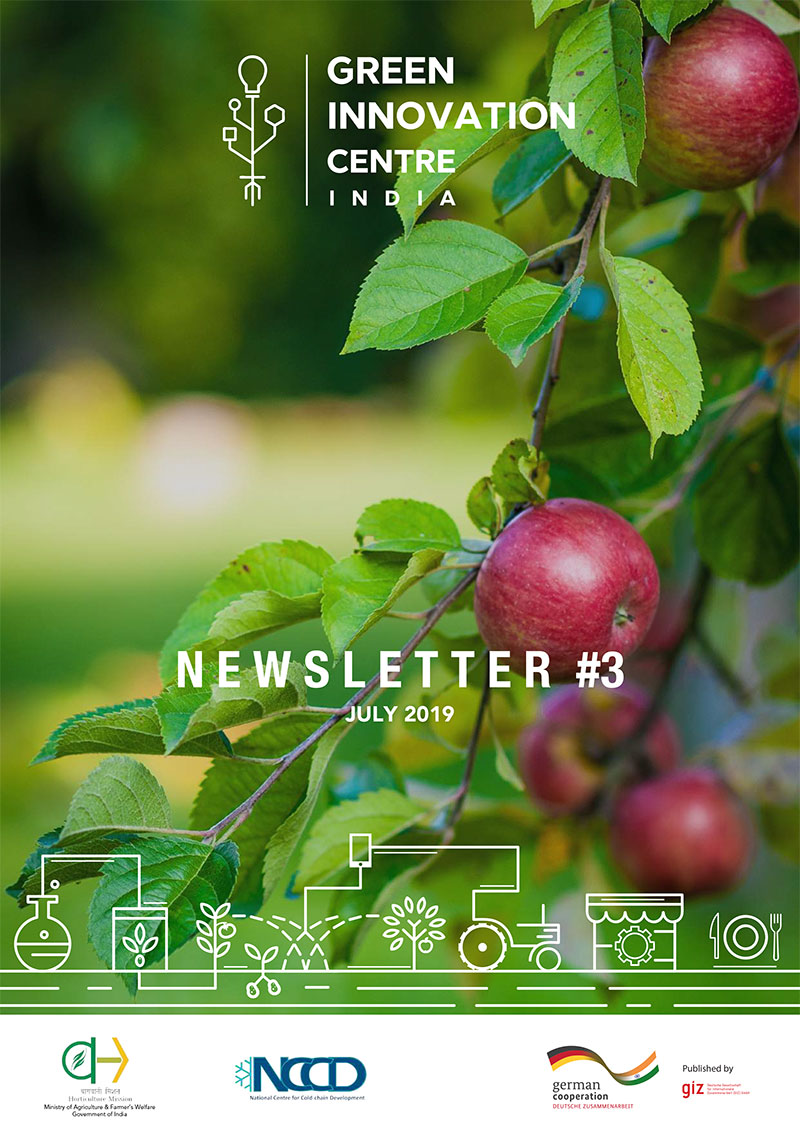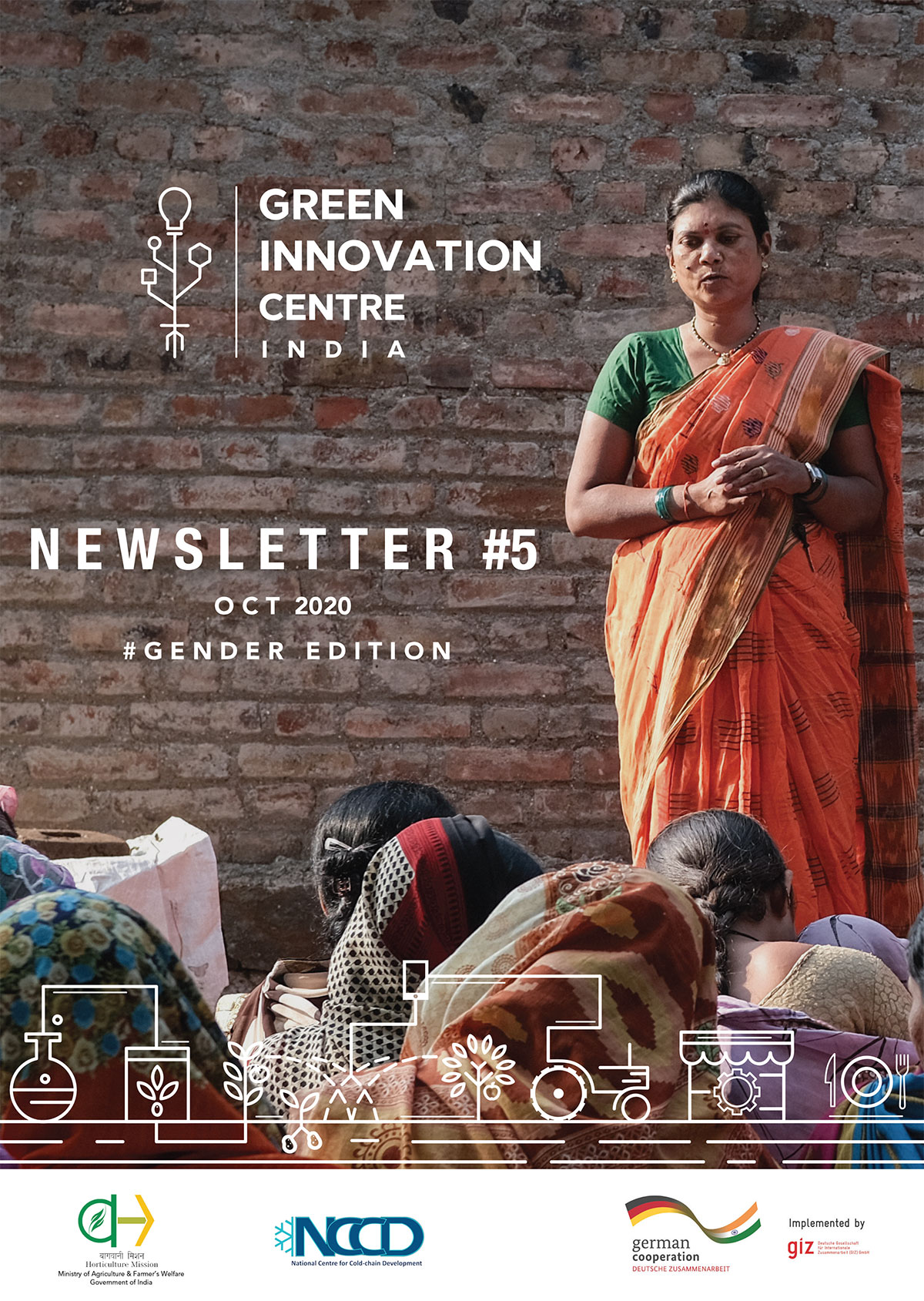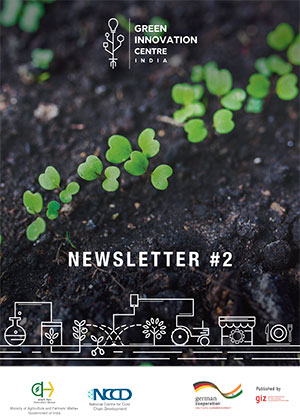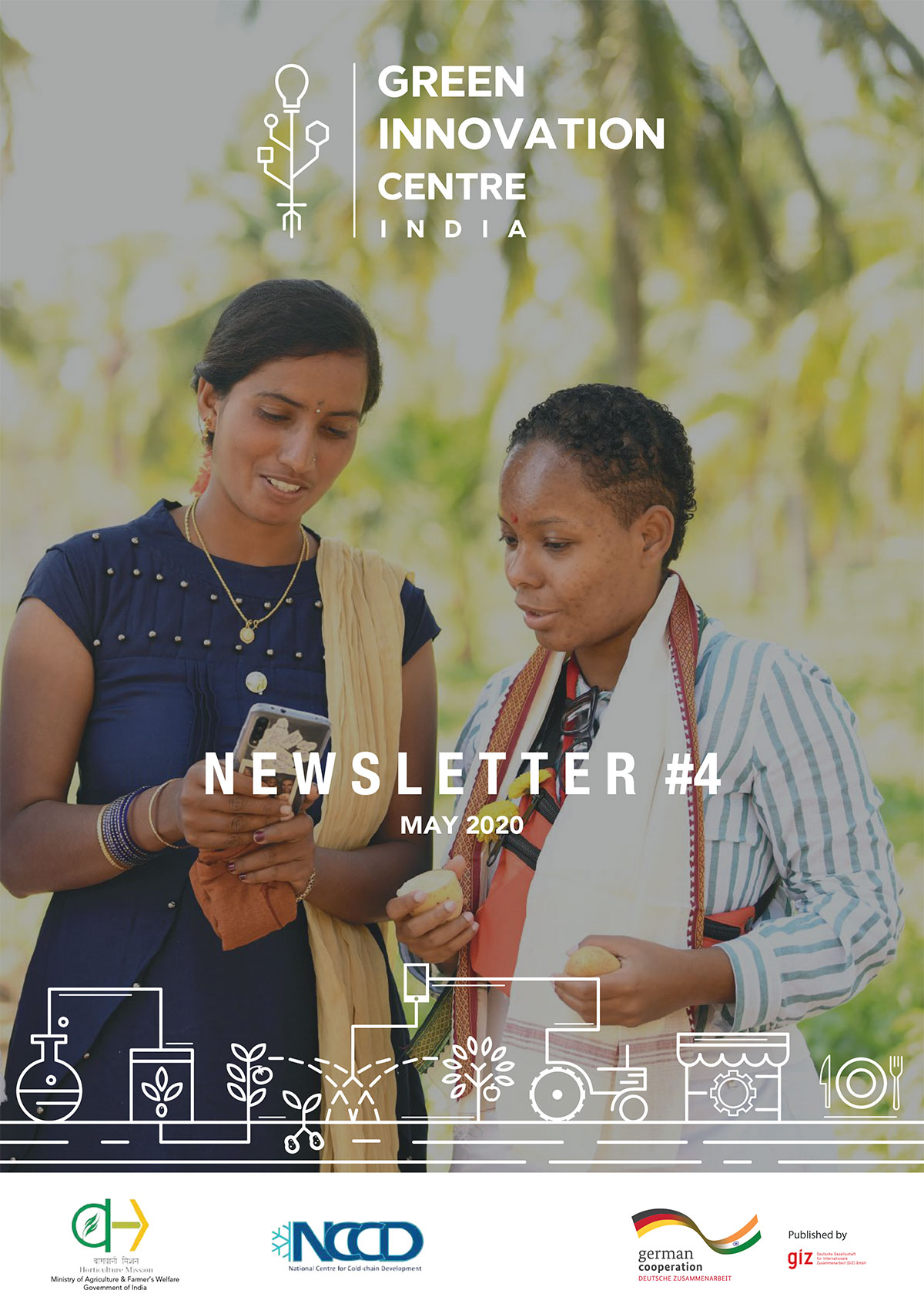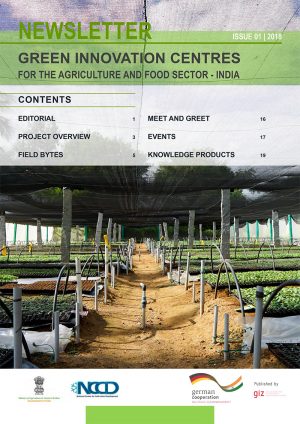Green Innovation Centres for the Agriculture and Food Sector – India

Context
Roughly half of India’s population is engaged in the agriculture and food sector. As there is great potential for growth, the Indian government has set itself an ambitious goal: ‘Doubling Farmers Income by 2022’ and establishing 10.000 Farmer Producer Organisations by 2024. As a result, farmers will have better collective strength for improved access to quality inputs and sales markets. Working in line with these initiatives, the Green Innovation Centre India aims at increasing the yield and income of small holder farmers as well as the turnover of rural enterprises. By addressing common challenges such as inadequate inputs, price volatilities, storage constraints, and the occurrence of pests and diseases, the project disseminates innovative solutions along the value chains of three crops: potato, tomato, and apple. Within the activities, a special focus is set on women and youth.
Being part of the BMZ special initiative “ONEWORLD – No Hunger”, the Green Innovation Centres are a global programme and were established as a network in 14 countries in Africa, in India and Vietnam.

Objective
Innovations in the agriculture and food sector help increase smallholder income, boost employment and improve regional food supply in selected rural target regions. Therefore, the Green Innovation Centre India targets to create 1,800 new jobs for eco-preneurs, especially for youth and women and to provide training and education for 139,000 farmers. Through targeted training approaches, women entrepreneurship is promoted. In addition, the goal is to advise on Good Agricultural Practices (GAP) and to support the setting up of farmers organisations. The establishment of sustainable economic relationships between farmers and off-traders is a focus area.
OUR GOALS
- Creating 1,800 new jobs for eco-preneurs, especially for youth and women and providing training and education for 139,000 farmers and entrepreneurs
- Advising on Good Agricultural Practices (GAP) and supporting the setting up of farmers organisations
PROJECT DESCRIPTION
The project promotes the tomato, potato and apple value chains in selected states of India. The target groups are small scale farmers as well as small enterprises in the processing industry and marketing companies to which the farmers supply their products.
SOME OF OUR INNOVATIONS

WHERE WE WORK
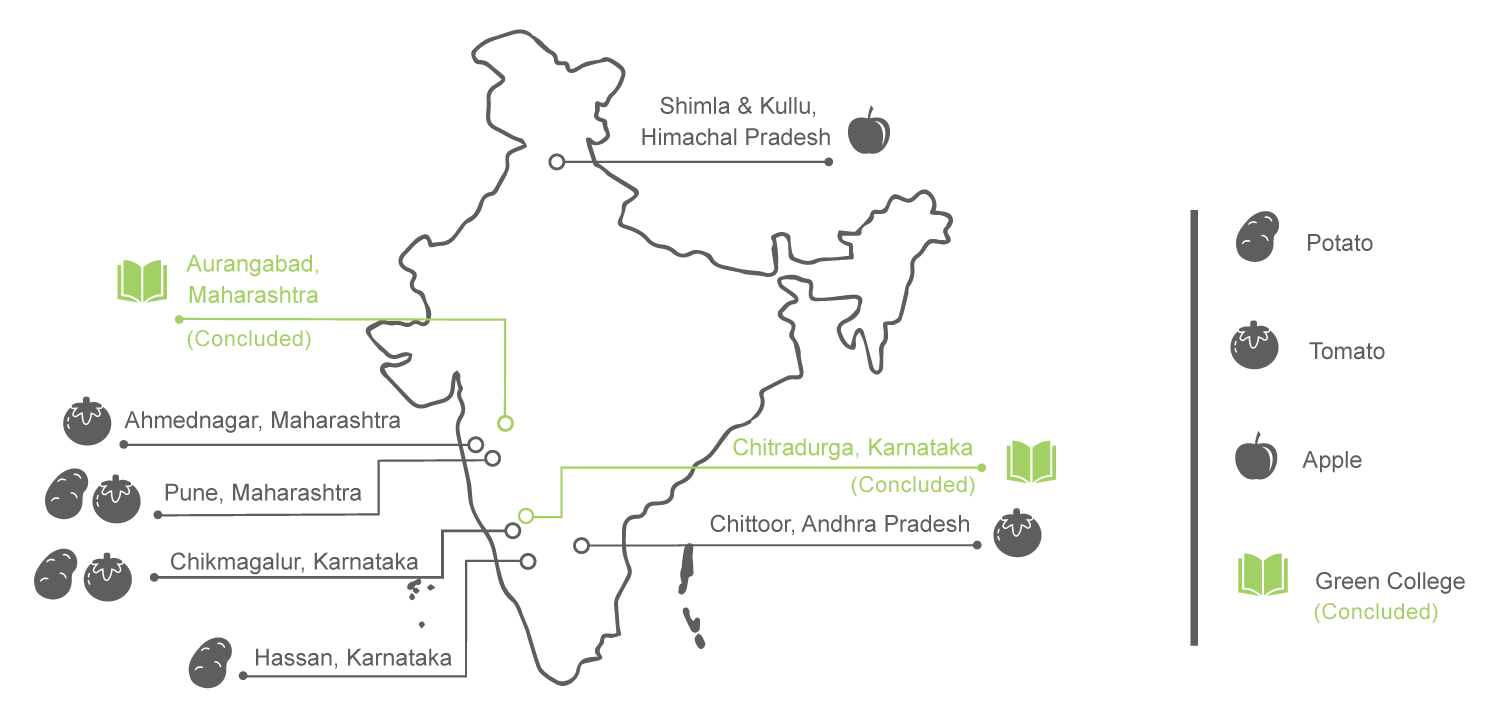
SUCCESS STORIES
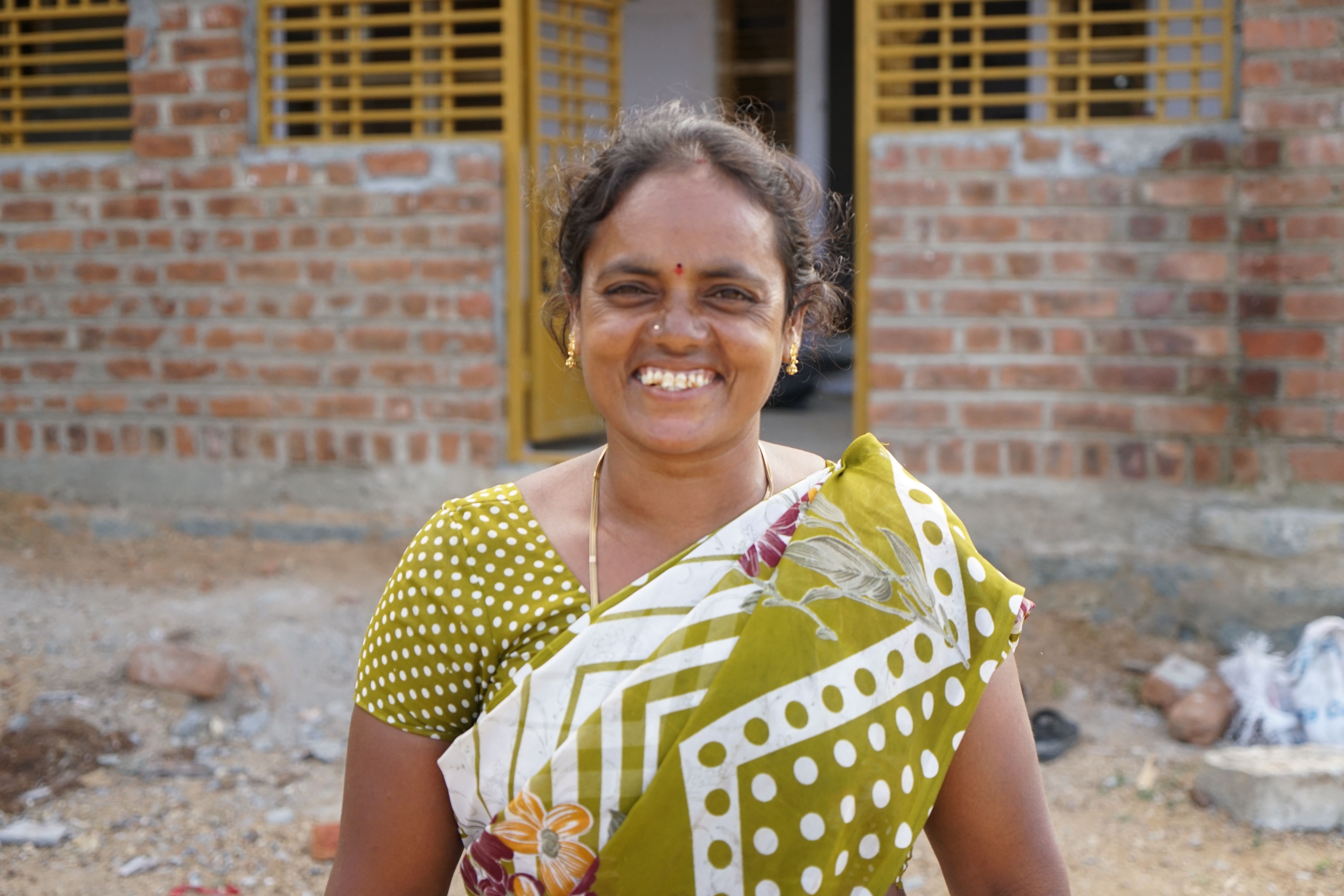

‘We had no previous experience in nursery management but purchased two acres of land to start our nursery business’, tells Kalavathi. ‘High quality seedlings are of utmost importance. The better the seedling, the better the crop and yield. Therefore, we set up model nurseries for tomato crops.’
‘The Green Innovation Centre gave us valuable technical guidance and provided inputs and working capital. One highlight was an exposure visit to the Indian Institute of Horticultural Research to learn about best practices for nurseries. The turnover of our nursery has increased by over 55 per cent between 2017 and May 2018. We are now a successful family business and there is a huge demand from farmers all around for our high quality and healthy tomato seedlings.’
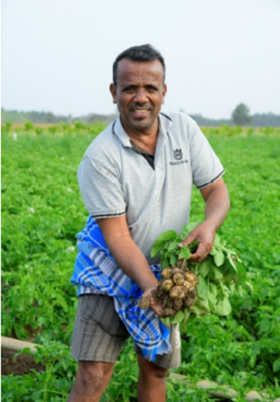

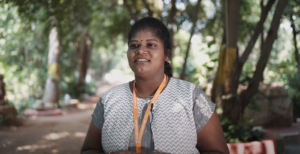 “I went to school only until 10th grade. Our financial background didn’t allow me to study further. I had to become the bread winner of the house. But society would point fingers for sending a girl child to work. They would even mock my potential as a woman. But my parents never vouched for gender roles. They were my pillars of support. I was made aware of the opportunity to participate in the Women Entrepreneurship Programme through online videos, then we were interviewed and made to take a test. Qualified ones were given a task to complete. I spend my whole life hemming and tailoring. I wasn’t equipped to face the real world. Still, I showed up. I was given a set of bangels to sell. I sold the 15 rupees set for 25 rupees. I was shocked to see that I had the capability to pull that off. When a small task could teach me mountains about business, I knew this training was going to be a game changer for me. During the pre-incubation phase of the programme we visited UrbanKisaan, India’s first sustainable farmers’ marketplace. There I learned that we can grow stuff on our balcony. That’s such a simple idea. And there we met Samantha, a top actress was indorsing the business. If someone like Samantha could do it out of her hectic schedule, why not us? It was important for me to contribute. I had such crazy ideas in our inauguration workshop. I have them all penned down in my book. My success is given, I’m sure.”
“I went to school only until 10th grade. Our financial background didn’t allow me to study further. I had to become the bread winner of the house. But society would point fingers for sending a girl child to work. They would even mock my potential as a woman. But my parents never vouched for gender roles. They were my pillars of support. I was made aware of the opportunity to participate in the Women Entrepreneurship Programme through online videos, then we were interviewed and made to take a test. Qualified ones were given a task to complete. I spend my whole life hemming and tailoring. I wasn’t equipped to face the real world. Still, I showed up. I was given a set of bangels to sell. I sold the 15 rupees set for 25 rupees. I was shocked to see that I had the capability to pull that off. When a small task could teach me mountains about business, I knew this training was going to be a game changer for me. During the pre-incubation phase of the programme we visited UrbanKisaan, India’s first sustainable farmers’ marketplace. There I learned that we can grow stuff on our balcony. That’s such a simple idea. And there we met Samantha, a top actress was indorsing the business. If someone like Samantha could do it out of her hectic schedule, why not us? It was important for me to contribute. I had such crazy ideas in our inauguration workshop. I have them all penned down in my book. My success is given, I’m sure.”
GIZ-RAC 360 VIDEO
NEWSLETTER
PUBLICATIONS
- Good agricultural practices in Potato Cultivation – A technical manual for Karnataka
- Good agricultural practices in Potato Cultivation – A technical manual for Maharashtra
- Good agricultural practices in Tomato Cultivation – A technical manual for Karnataka
- Good agricultural practices in Tomato Cultivation – A technical manual for Maharashtra
- Green Innovation Centre Innovation Booklet – Best practices of 7 years of innovation in tomato and potato value chain
- Integrated Climate Risk Assessment of Apple Value Chain in Shimla and Kullu Districts – Himachal Pradesh
- Integrated Climate Risk Assessment of Tomato and Potato Value Chains in Chikkamagalur and Hassan Districts – Karnataka
- Integrated Climate Risk Assessment of Tomato and Potato Value Chains in Pune District – Maharashtra
- Local seed potato production through Rooted Apical Cutting (RAC) Technology – A compilation of two years of learning in Karnataka
- Private Sector Engagement of the GIC India
- Capacity Building of Board of Directors of Farmer Producer Organizations (FP0s)
EXTERNAL PUBLICATIONS
- Pinboard: Newsletter Ländliche Entwicklung
- Farming First: Solving The Water Crisis by Saving Money in Agriculture
- SNRD Africa: South-South Exchange on ICT4Ag — Indian Drones Meet African Tractor Apps
- Rural 21: Many players, one goal – the Green Innovation Centre in India
- Farming First: Two Innovations Transforming India’s Potato Sector
- Rural 21: City compost in India – from waste to healthy soil
- Deutsche Welle: Boosting food production in India
Photo Gallery
VIDEOS
SOME OF OUR PARTNERS
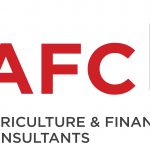 |
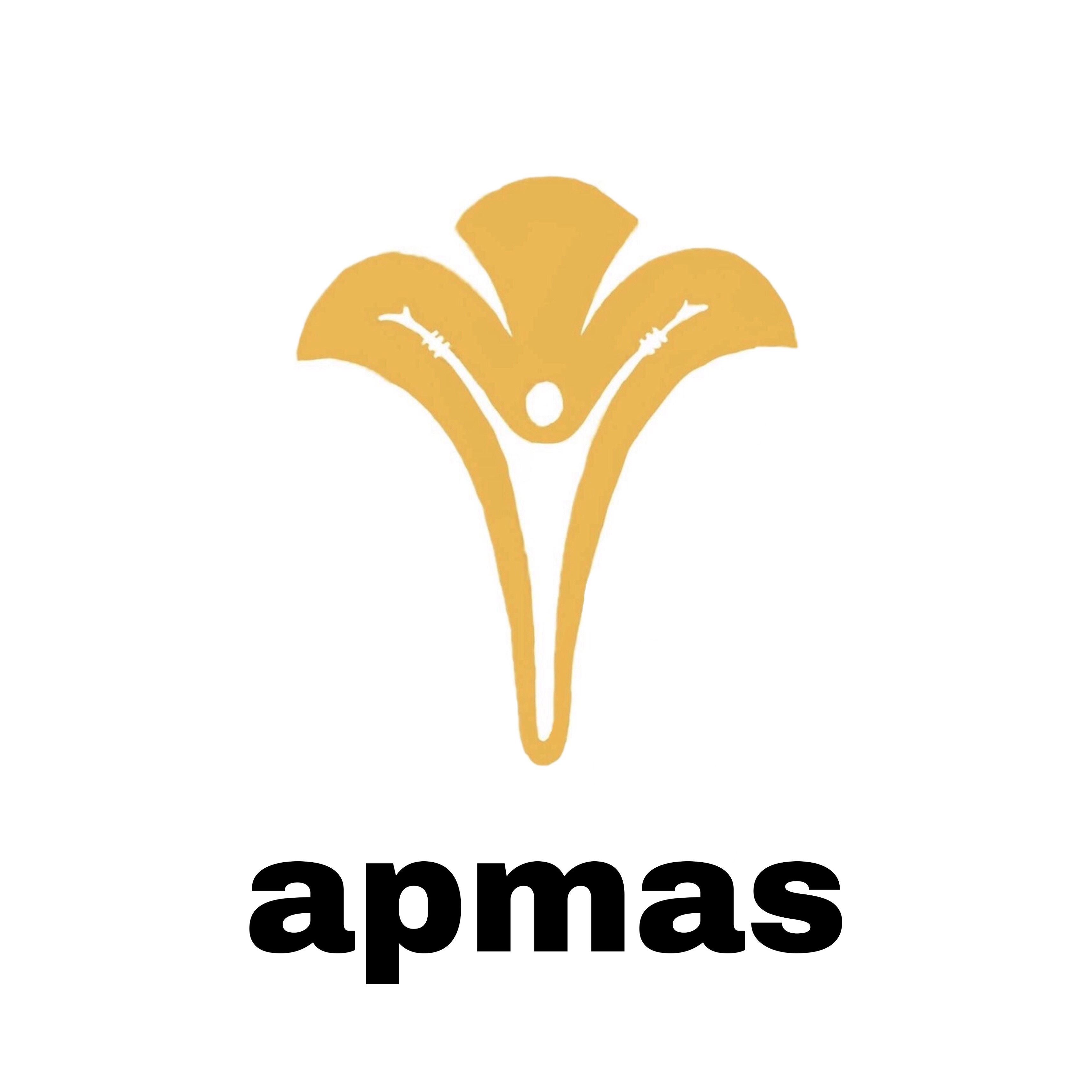 |
 |
 |
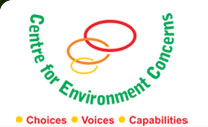 |
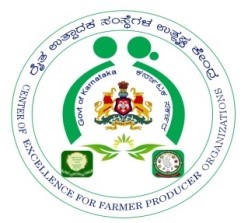 |
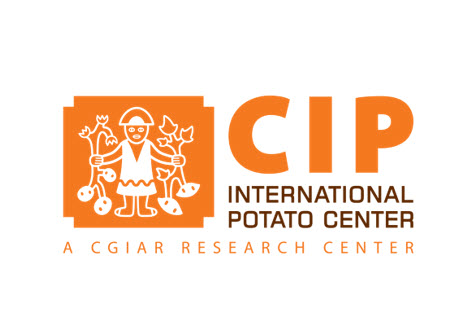 |
 |
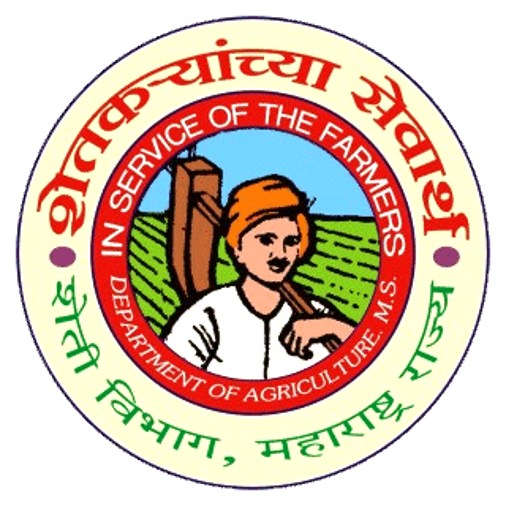 |
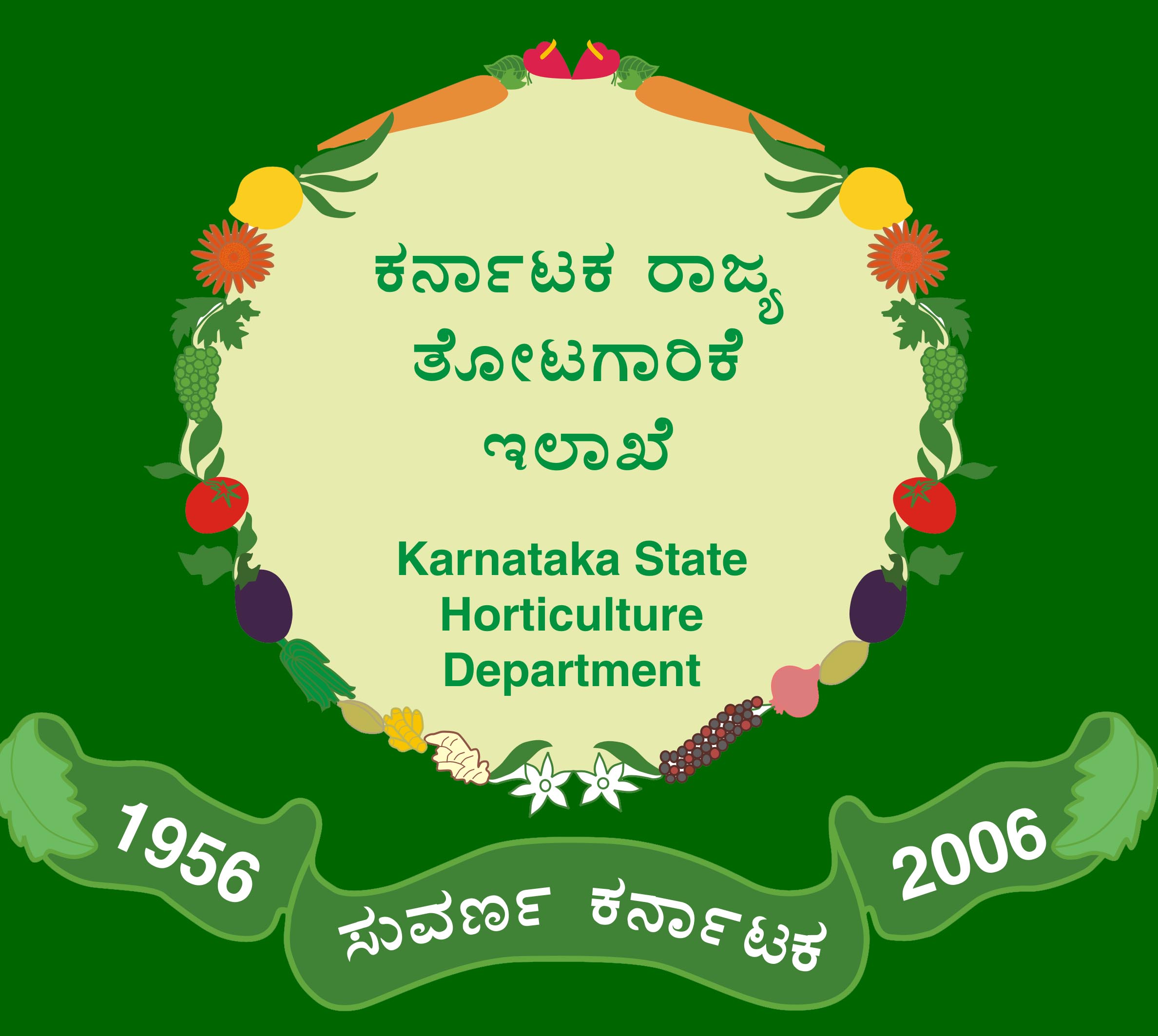 |
 |
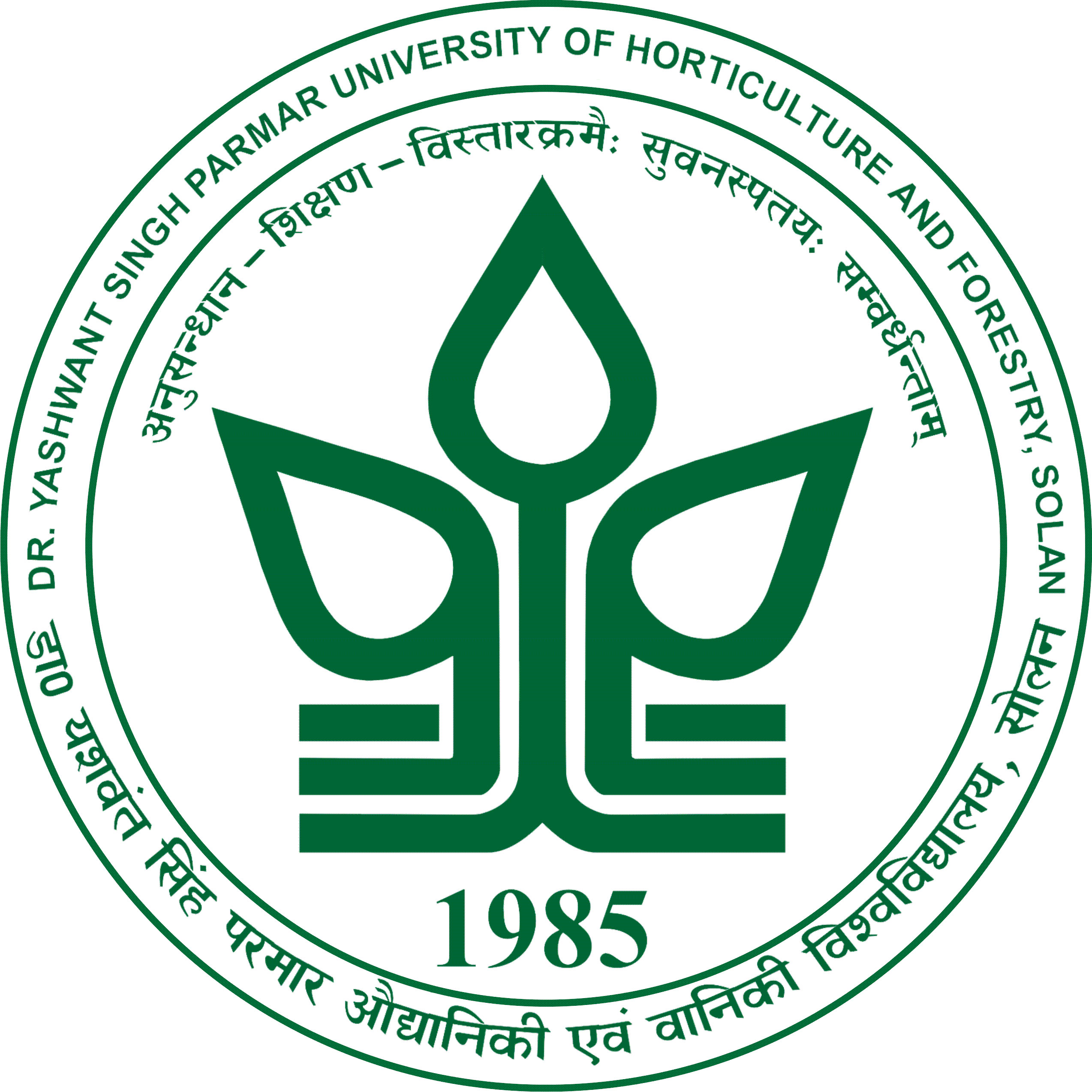 |
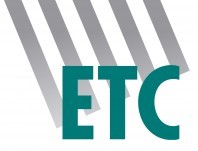 |
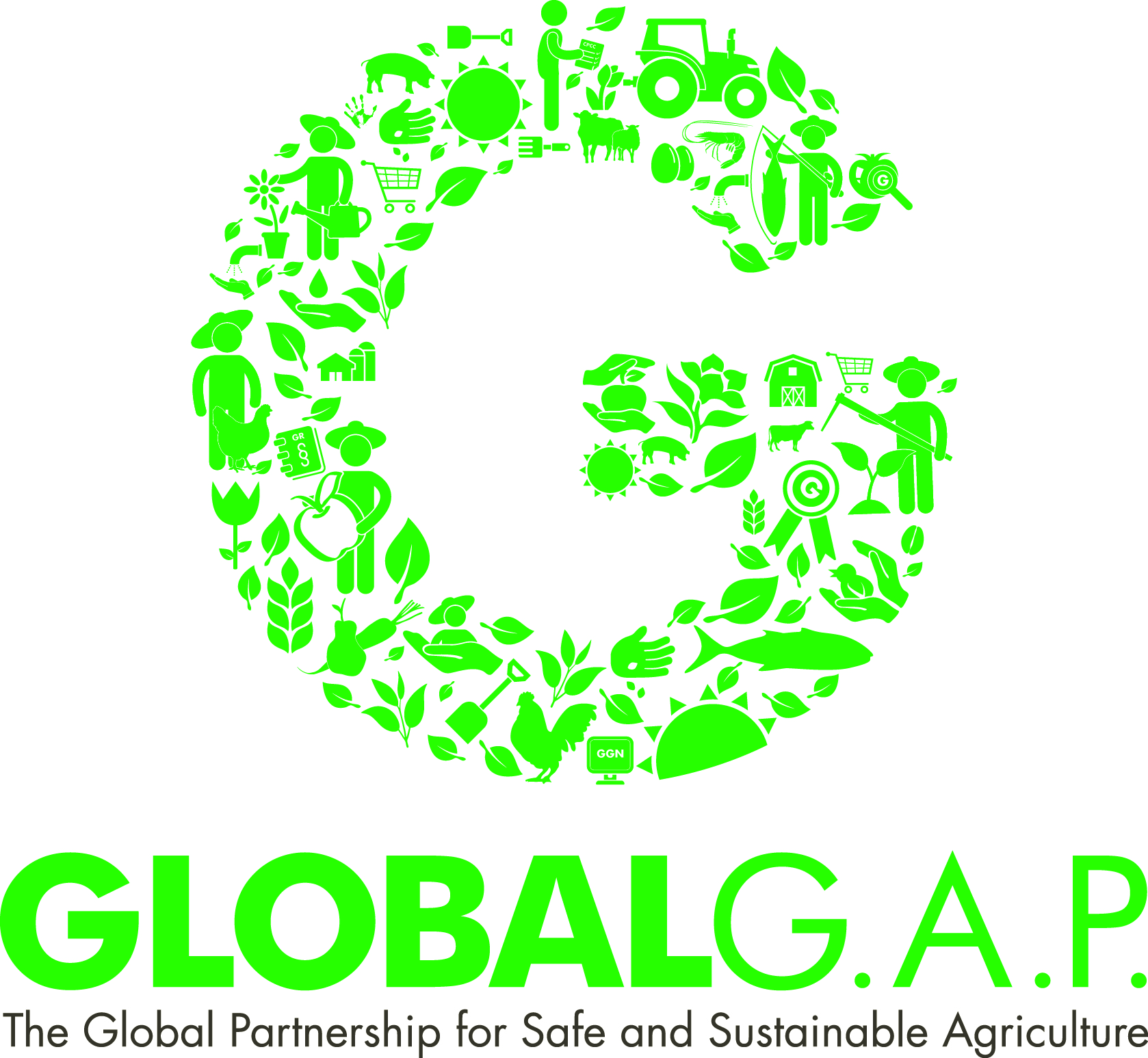 |
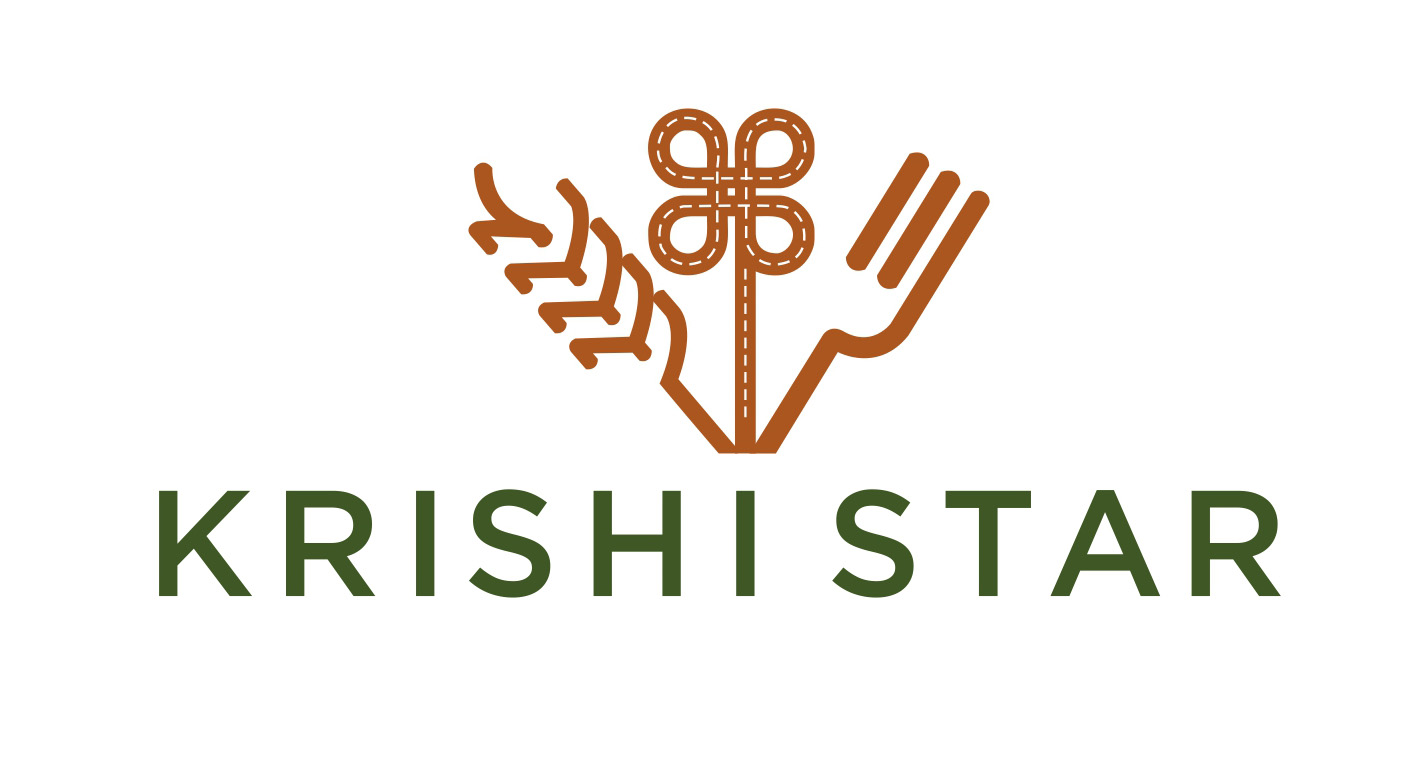 |
 |
 |
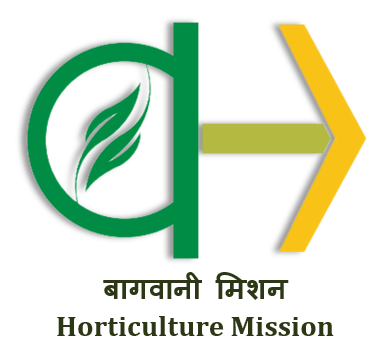 |
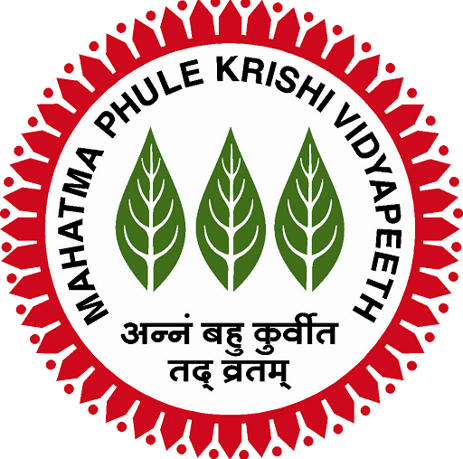 |
 |
|
 |
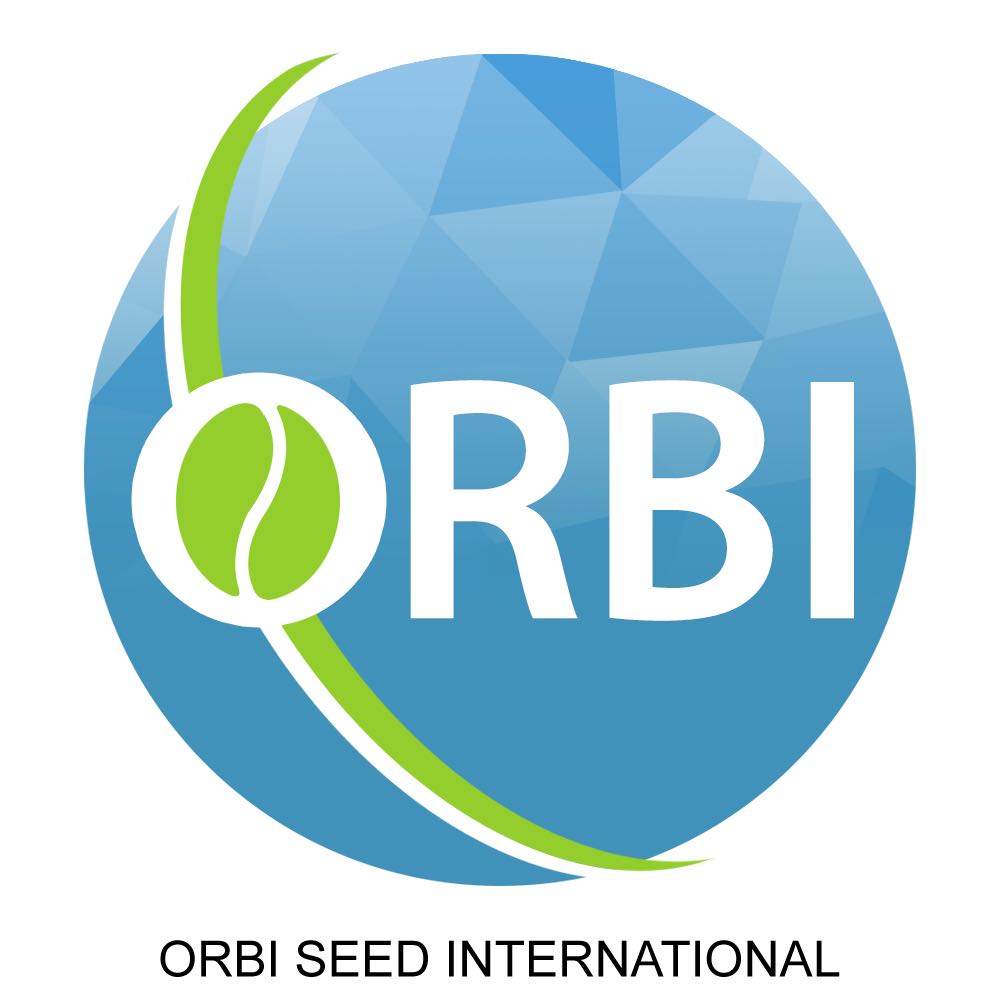 |
 |
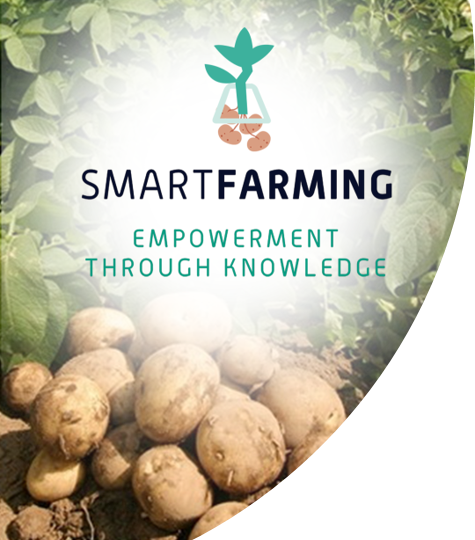 |
 |
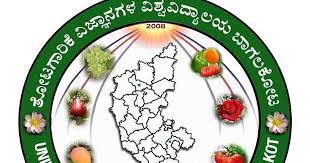 |
 |
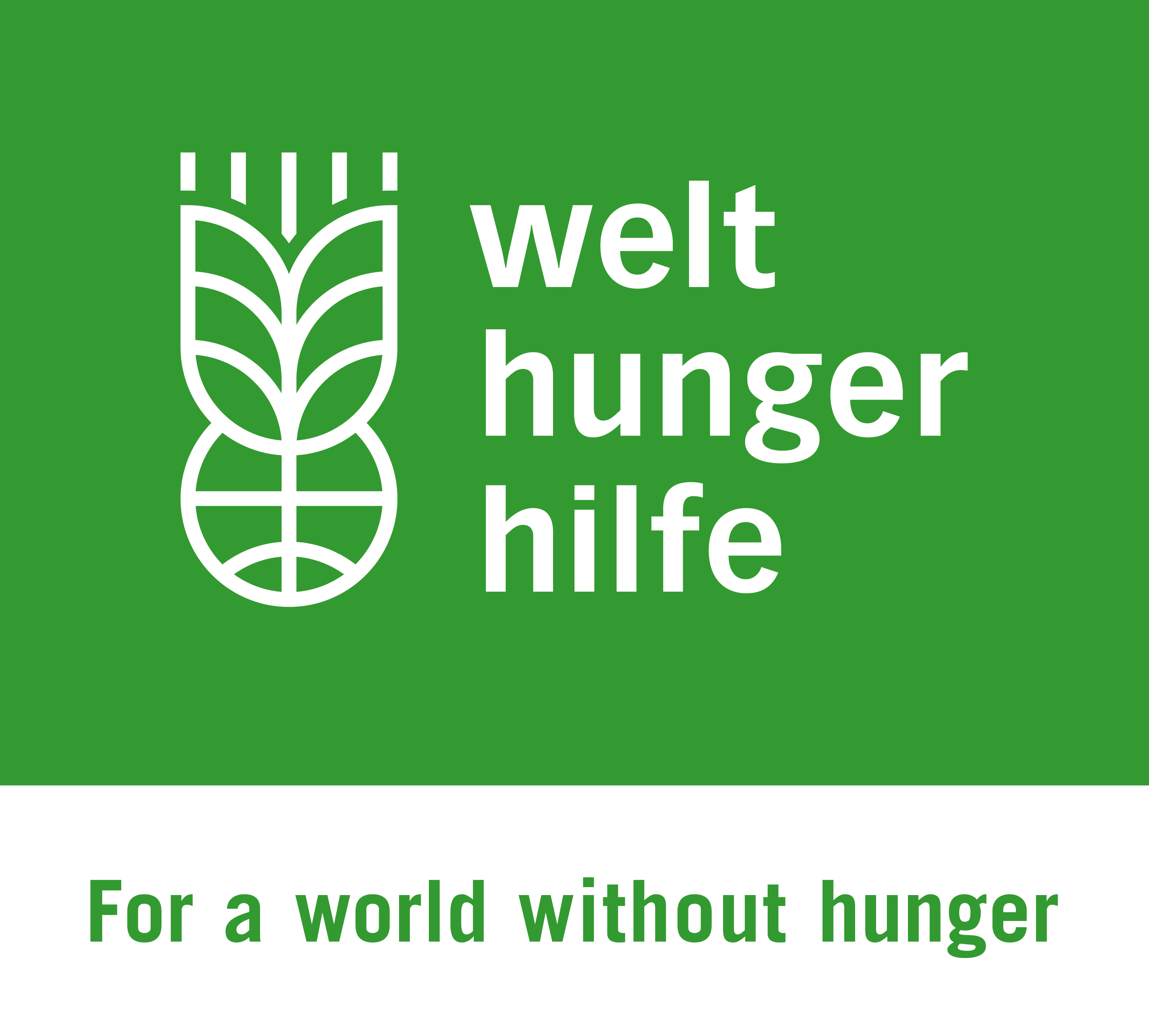 |
HOW CAN YOU COLLABORATE WITH US?
We work with government agencies, research institutes, non-governmental organizations and private companies. If you are interested in a cooperation, please contact greeninnovationcentreindia@giz.de

COUNTRY
India
DURATION
Nov 2014 - Mar 2025


